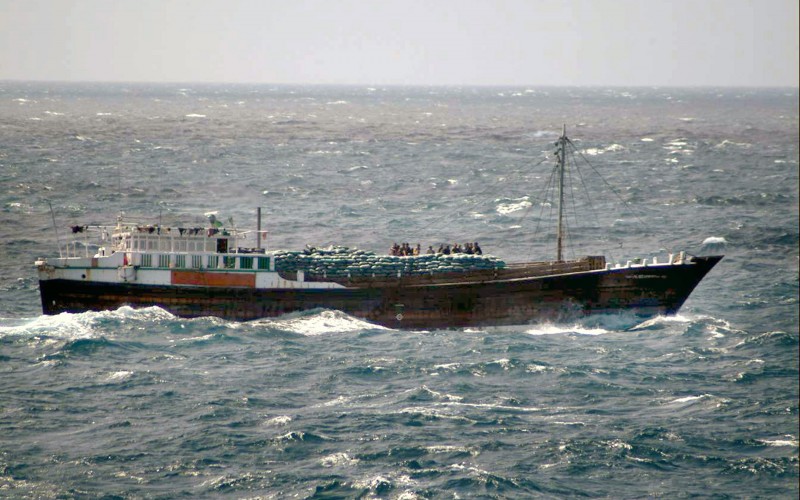Southeast Asia has recently regained the reputation as the world’s worst region for piracy. With one third of world shipping going through the regions’ waters, the costs to trade and shipping are likely to be extensive.

According to a recent report from the International Chamber of Commerce (ICC) and International Maritime Bureau (IMB), since the start of 2015, Southeast Asia has accounted for 55 per cent of the world’s 54 piracy and armed robbery incidents. According to these statistics, Southeast Asia has regained the reputation as the region in the world most afflicted by piracy.
The Strait of Malacca is a particular hotspot for piracy in the region, providing passage for approximately one third of world shipping. Separating Malaysia, Indonesia and Singapore, the straits are the key waterway linking Asian and European trade. Without significant regional efforts to combat the problem, the impact of piracy on trade and shipping costs is likely to be significant.
Piracy and the importance of the Strait
According to the report from the ICC and IMB, pirates in Southeast Asia hijack a small coastal tanker every two weeks, on average. Recent data shows that from January until June this year, 56 cases of piracy had taken place in the Malacca Strait. Of this number, 21 were cases of suspected piracy, 22 were attempted piracies, and 13 were confirmed piracies.
The ICC and IMB report confirms that Indonesia is the country with the highest number of attacks, accounting for almost 40 per cent in 2015. Vietnam has also seen an increase in armed robbery incidents, with thieves breaking into ships at anchor.
Most acts of piracy are carried out by armed gangs, which target small coastal tankers to steal their fuel. The increased frequency of piracy attacks in Southeast Asia can be compared with incidents in Somalia. According to the IMB report, there were zero incidents of piracy for Somalia in the first quarter of 2015. If these figures are accurate, Southeast Asia has now regained the reputation as the worst region in the world for piracy.
This will be cause for concern for those who rely on the waters for trade and shipping. Almost a third of global crude oil passes through the South China Sea each year, and over half of global liquefied natural gas (LNG). This is three times more than the oil and gas cargo passing through the Suez Canal.
According to a study compiled by the Nippon Maritime Centre, 217 vessels per day transited the Malacca Strait in 2014. This was up from 201 in 2011. Container ships account for 33 per cent of traffic.However, increased demand for oil means that most growth is occurring in very large crude carriers and LNG traffic.
There has also been an increase in bulk carrier transits, driven by China’s demand for raw materials and commodities.
The costs of piracy
Calculating the cost of maritime piracy can be difficult. Cost is usually calculated with regards to ransoms paid, increased insurance premiums for shipping, costs of having to re-route vessels, costs associated with obtaining deterrent security equipment or personnel and the cost of naval forces for piracy deterrence. Secondary costs relate to the effects on foreign investment in the affected region or on commodity prices.
According to a 2014 maritime piracy report published by the United Nations Conference on Trade and Development (UNCTAD), piracy costs range from US$1 – 16 billion a year. In 2012, US$31.75 million was paid in ransoms to pirates.
Piracy has also affected insurance premiums and coverage. In the past few years, additional premiums paid on cargo transiting piracy regions increased by US$25 to $100 per container. Hull insurance was estimated to have doubled in 2010. The shipping industry pays an estimated US$2.3 to $3 billion per year to re-route ships to avoid piracy prone areas. The cost of deterrence equipment was estimated to range between US$1.65 and $2.06 billion in 2012.
Considering these extensive costs, the region cannot afford to allow maritime piracy to go unchecked. The Indonesian Navy’s Western Fleet commander recently stated that the navies of Association of Southeast Asian Nations (ASEAN) member countries are to join forces and hold a joint operation to combat piracy in the region.
Without sustained regional cooperation, the economic consequences of piracy are likely to continue to increase.
sourche: http://globalriskinsights.com/2015/07/southeast-asia-the-new-piracy-capital/
Δεν υπάρχουν σχόλια:
Δημοσίευση σχολίου